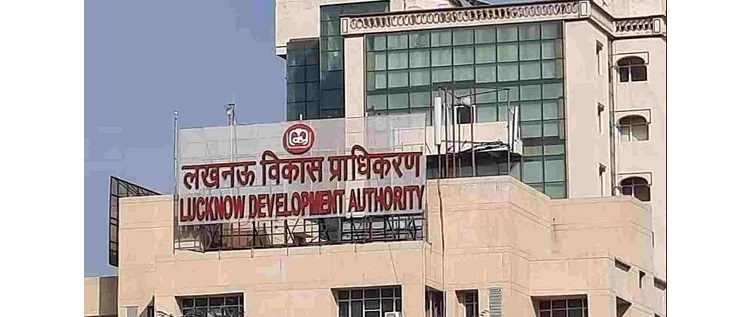E - PAPER
50 peripheral cities see higher home loan growth
Tier II & III cities across 50 districts of the country have exhibited higher Compounded Annual Growth Rate (CAGR) of outstanding home loans, ranging from 15% to 36% during the period between FY2012-13 and FY2017-18 as against 8% to 12% observed across districts comprising leading four metros -
 BY
admin
BY
admin
Published - Tuesday, 11 Jun, 2019

Tier II & III cities across 50 districts of the country have exhibited higher Compounded Annual Growth Rate (CAGR) of outstanding home loans, ranging from 15% to 36% during the period between FY2012-13 and FY2017-18 as against 8% to 12% observed across districts comprising leading four metros - Delhi, Mumbai, Chennai and Kolkata - during the same period, according to a JLL Research analysis of the latest RBI home loan data.
During this period, India’s home loan market grew from Rs 4.6 to Rs 9.7 trillion, exhibiting a CAGR of 16%, indicating healthy demand for housing.
“The home loan data demystifies the common perception that districts comprising the top leading cities, Mumbai, Delhi, Chennai and Kolkata, drive residential real estate growth. The data clearly indicates that with development focus gradually reaching to peripheral regions, tier II and III cities of the country have attracted the homebuyers’ interest. The share of these top four districts to the overall outstanding home loans in the country has dropped to 16% from 22% during the same period. In comparison to this, the share of rest of India has increased to 84% from 78%,” says Ramesh Nair, CEO & Country Head, JLL India.
Factors such as improved connectivity, infrastructure growth, better education and health care facilities have supported the growth of peripheral cities. Housing sector has been reaping the benefits of the growth story. “Real estate developers in these cities have also been adopting the latest construction and development trends and have been able to provide homes at competitive rates mainly due to lower land and manpower costs,” adds Nair.
The initial phase of growth in home loans in Tier-II and Tier–III districts was driven by balance transfer of loans from high interest non-banking sources to competitive rates offered by scheduled commercial banks. The loans from scheduled commercial banks at competitive rates is likely to increase buyers’ inclination for home purchase.
Also, small scale projects with relatively shorter completion periods, developer-buyer connect and higher visibility on timely completion led to increased sales of homes. Lastly, developers have been offering homes in the sweet spot that fit the budget of most homebuyers.
“In addition to these, various policy initiatives like the Smart City Mission, development of industrial corridors, the Atal Mission for Rejuvenation and Urban Transformation (AMRUT), metro rail projects, Prime Minister AwasYojana (Urban) and Make in India, have added value to the overall buying sentiments within these markets,” says Samantak Das, Chief Economist and Head of Research & REIS, JLL India.
“The impact of these national-level projects is expected to be long term and will make these cities more attractive destinations for various industries as well as residential real estate. The trend is prominently visible in the peripheral markets of top metro cities,” adds Das.
RELATED STORY VIEW MORE
TOP STORY VIEW MORE

Mixed Outlook for Australia's Housing Sector In 2024
Mixed Outlook for Australia's Housing Sector In 2024
05 December, 2024NEWS LETTER
Subscribe for our news letter
E - PAPER
-

CURRENT MONTH 
LAST MONTH














